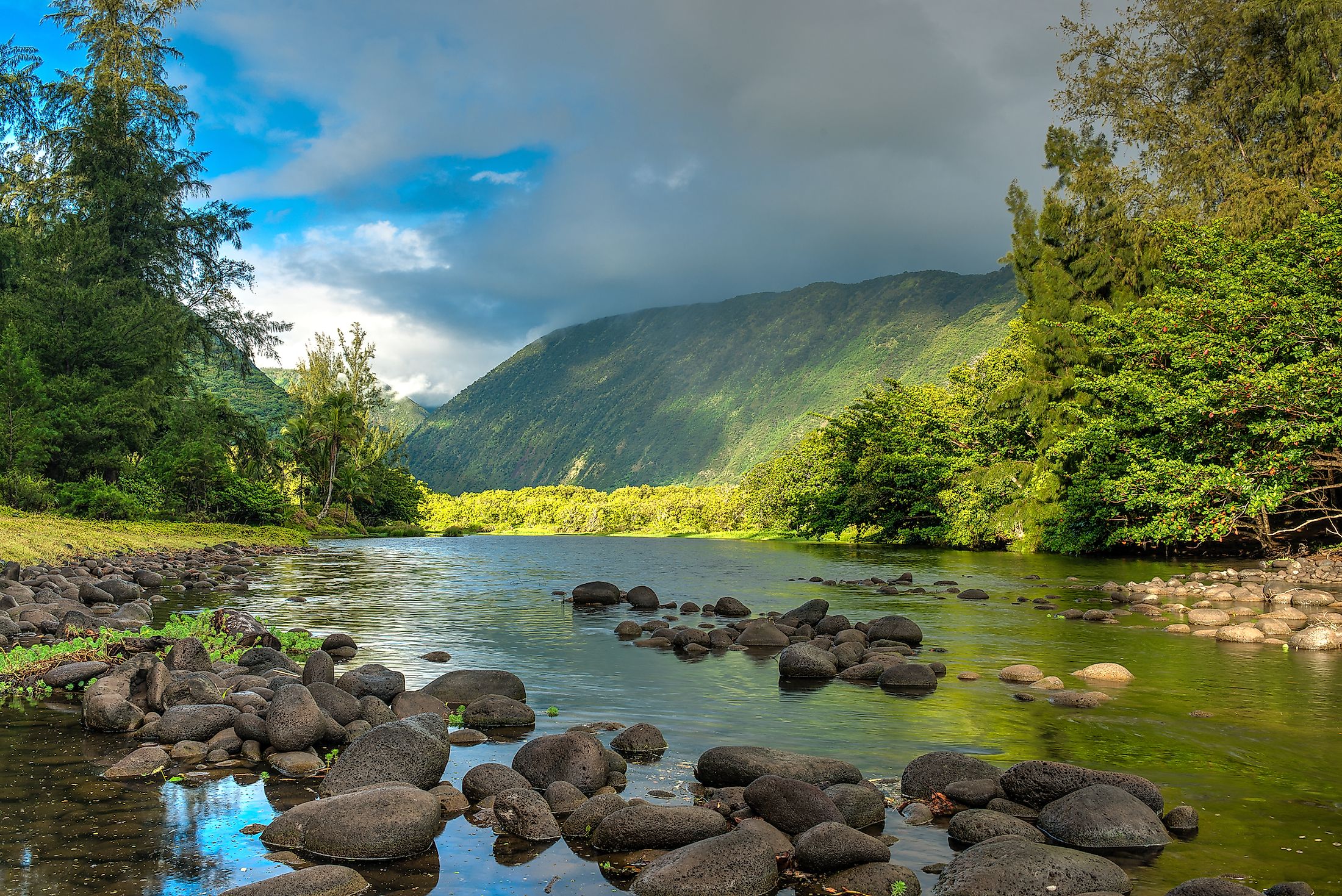
Waipio Valley
Waipio Valley is a valley located in the Hamakua District of the Big Island in northern Hawaii island, Hawaii, US. The valley is the childhood home of King Kamehameha I and a significant center for political and religious activities in Hawaii. Waipo valley's name means Curving Water in its native language and is known as "The Valley of the Kings" due to its significance in Hawaiian history and culture, as well as a site of dramatic tropical scenery.
Topography And Climate Of Waipio Valley
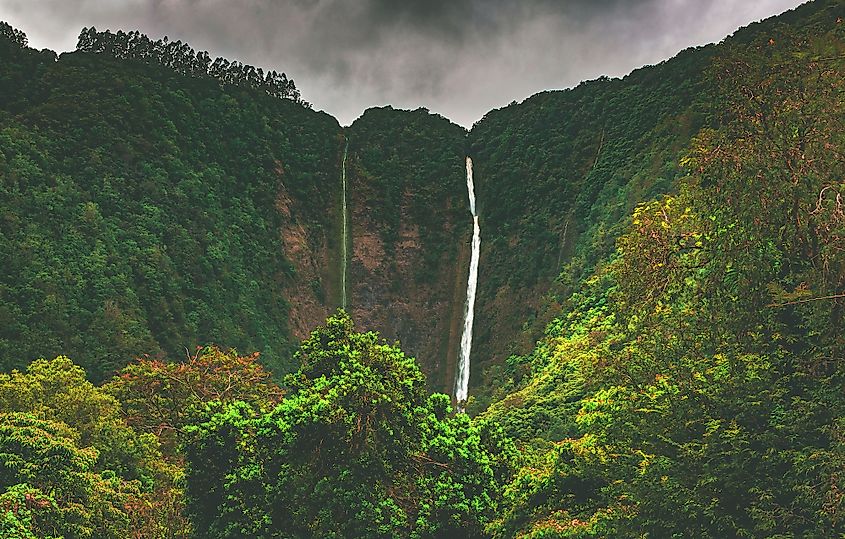
Surrounded on three sides by 2,500-foot high bluffs, Waipio Valley measures about 5 miles long and 1 mile wide. The valley is mounted with huge waterfalls, including Hiilawe Falls, dropping more than 1,000 feet. Waipio valley can be reached through a steep road leading down from a lookout site placed on the top of the southern barrier of the valley. This paved public road is the sharpest road of its length in the United States and is reachable only by 4-wheel drive vehicles. Moreover, the valley featured a black sand coastline and a few picturesque taro fields, with fertile valley soils used for numerous agricultural activities.
Summers are hot and dry in the valley, and winters are long and comfortable, with windy and clear sky conditions throughout the year. Temperature varies between 18 °C to 30 °C and is rarely below 15 °C or above 31 °C. The best time for tourists to visit Waipio for hot-weather activities is June to October.
History Of Waipio Valley
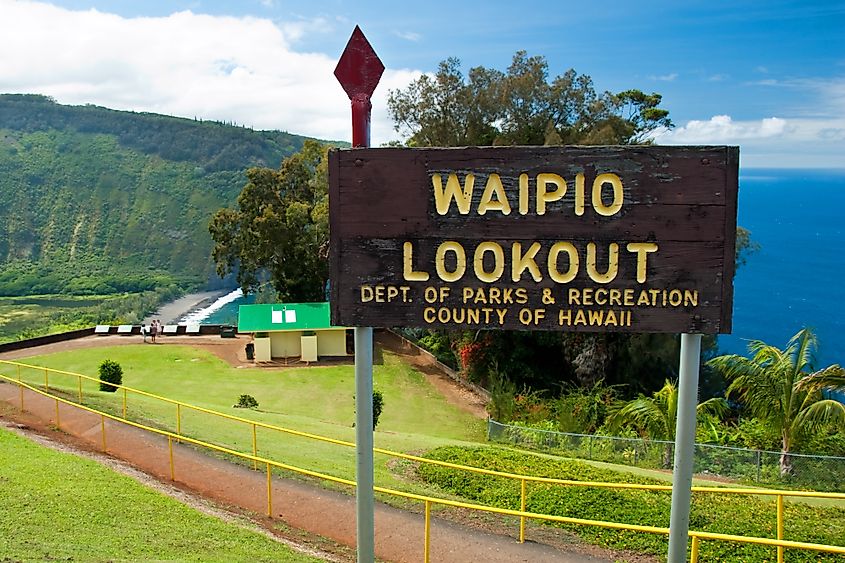
The Waipio Valley is usually referred to as the "Valley of the Kings" as it was once the home to many of the Kings of Hawaii, leaving the valley with both historical and cultural significance to the Hawaiian people. In 1780 Kamehameha the Great received his war god Kukailimoku who assigned him as the future ruler of the islands, leading to Kepuwahaulaula - Battle of the Red-Mouthed Guns - between Kamehameha and Kahekili, the Lord of the leeward islands, and his half-brother, Kaeokulani of Kaua'i, who attacked Waipiʻo in the 18th century burning the four sacred trees. Around 4000-10000 people inhabited Waipi'o before the arrival of Captain Cook in 1778, where Waipi'o was the richest and most productive valley on the Big Island of Hawaii. Later on, in the late 1800s, many immigrants from China settled in Waipio Valley, where homes, schools, cathedrals, and eateries were established by the 1900s. Those homes and businesses were destroyed by a tsunami that hit Waipio Valley in 1945, leading to a sharp decrease in its population.
Habitats And Biodiversity Of Waipio Valley
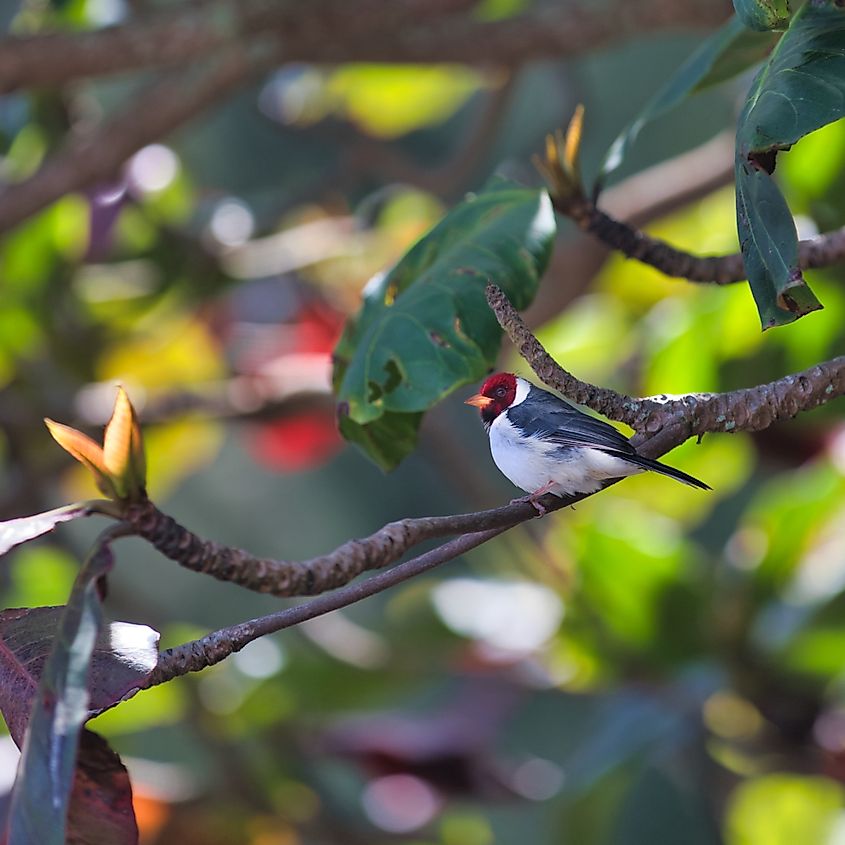
Wild Horses are the top famous animals to be spotted in the valley. It is estimated that there are about 60 wild horses in Waipio Valley, forming five distinct bands. Moreover, a variety of native and feral animals live in the valley and the rest of the island, like geckos and goats. Regarding the valley's fauna, taro is the most common plant in the valley, as the fertile floor of Waipio Valley has historically been cultured by Hawaiians to harvest taro for centuries. Taro is a traditional Polynesian food staple, often named the "potato of the humid tropics."
Top Attractions In Waipio
Hi'ilawe Falls: Hi'ilawe Falls is the most renowned waterfall in Waipio Valley, situated inside Waipio Valley, and is only observable from the valley or the air, falling between 1,200 and 1,600 feet tall, making it the highest waterfall in the Hawaiian state. It used to be a lava stream from Mauna Kea that shaped the cliff on the side of the falls. Hi'ilawe Falls share the same cliff wall with the often-dry Hakalaoa Falls. Lalakea flow above the edge of Hi'ilawe Falls had been partly dammed to deliver water for the area. Currently, the dam still exists, even if it's not needed anymore, and many local groups are trying to remove it so the falls can get back to their original status.
Waipio Beach: Waipio Beach offers beautiful scenery and is a great place to unwind after coming down to the valley. Unfortunately, swimming on the beach is not recommended as it's known for its split currents and high surf, making it a risky place for swimming, especially in the winter.
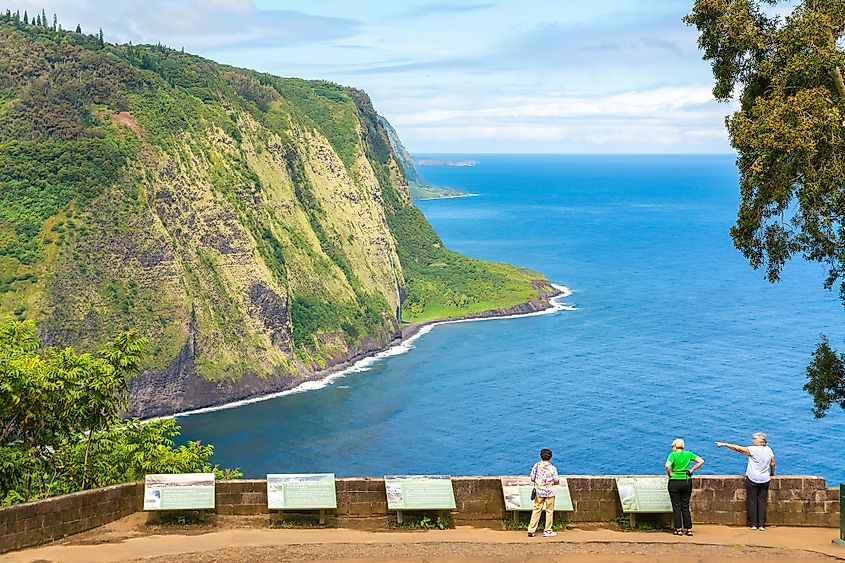
In addition to the above attractions, the island offers some unique hiking experiences with magnificent views, horseback riding and tours, and falls sightseeing such as Kaluahine Falls and Waiulili Falls.
Despite that, time and nature's elements have engraved an incredibly massive valley full of deep green-coated cliffs cut by dropping waterfalls. Unfortunately, a lately released geotechnical evaluation outlining the rockfall and landslide risks related to traveling along Waipiʻo Valley road has led to the closure of Waipio Valley Road for visitors until further notice.











